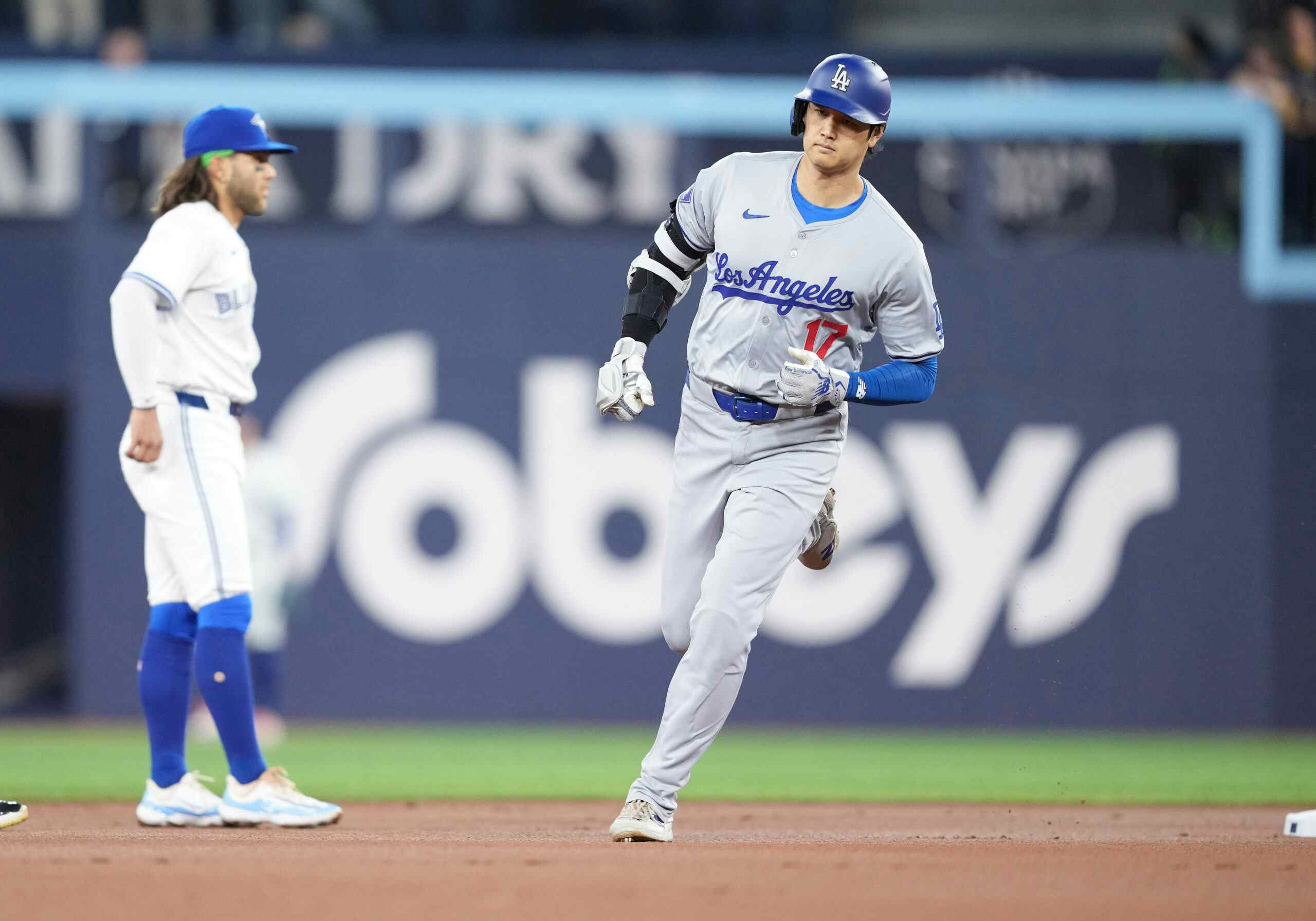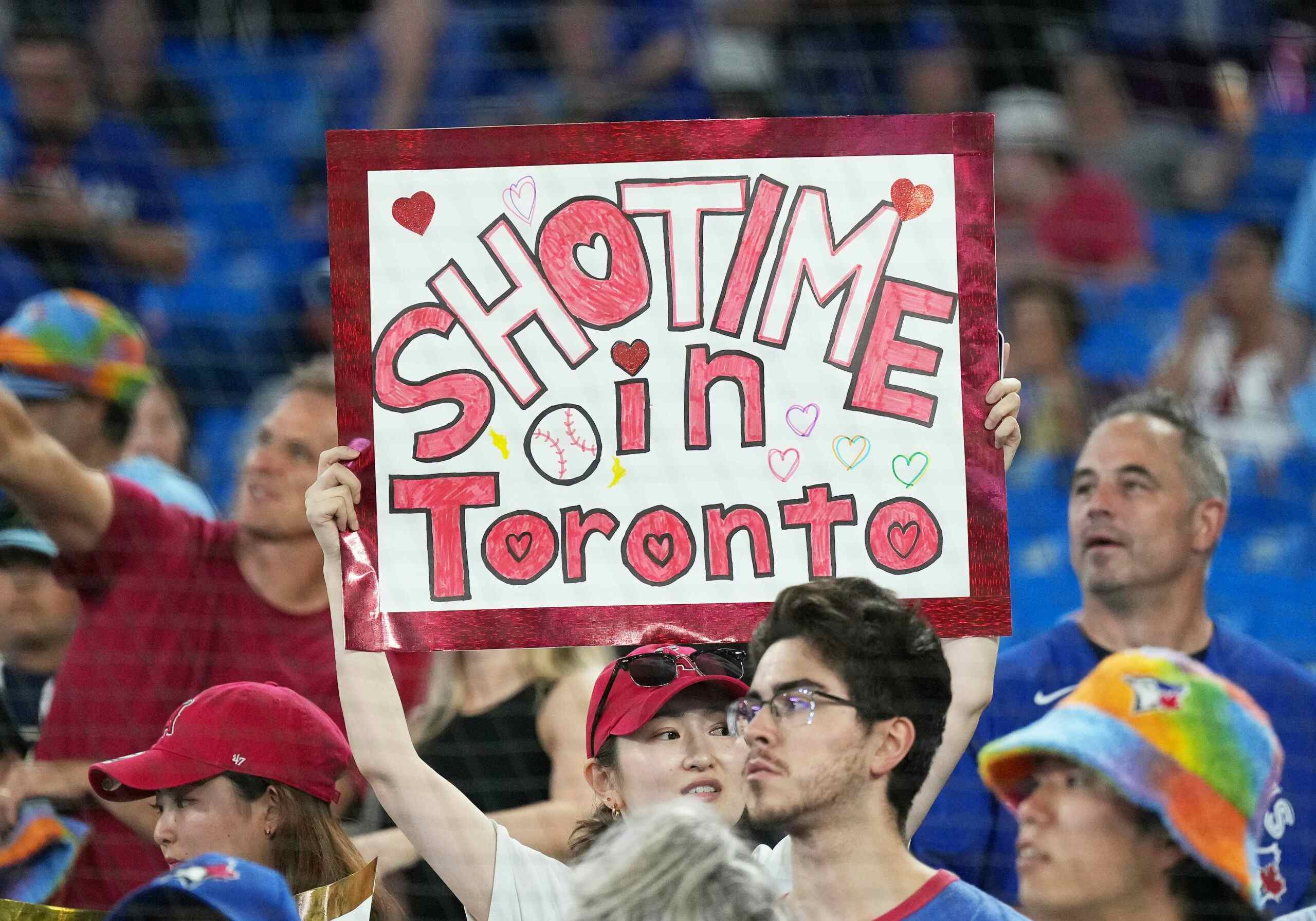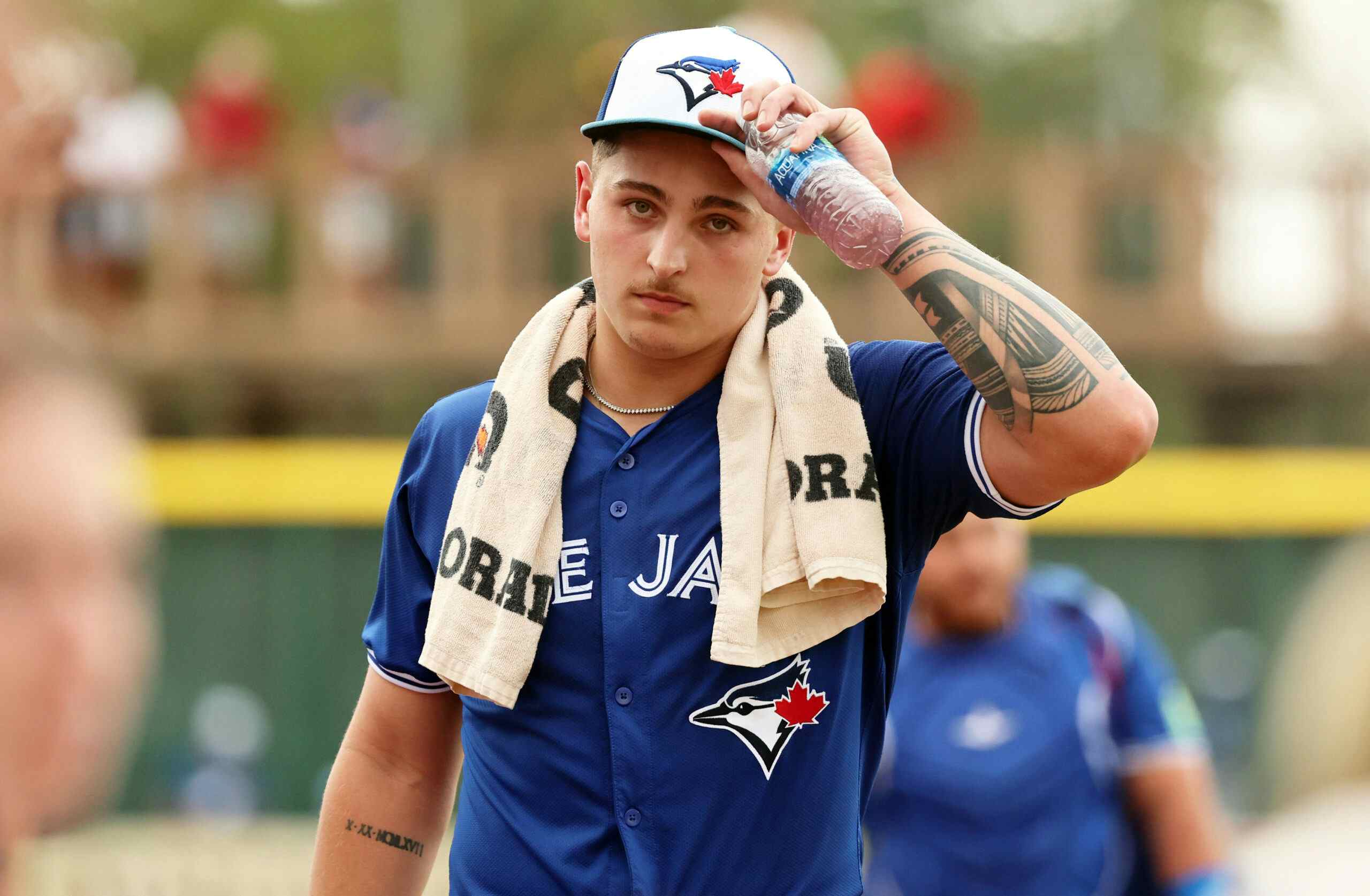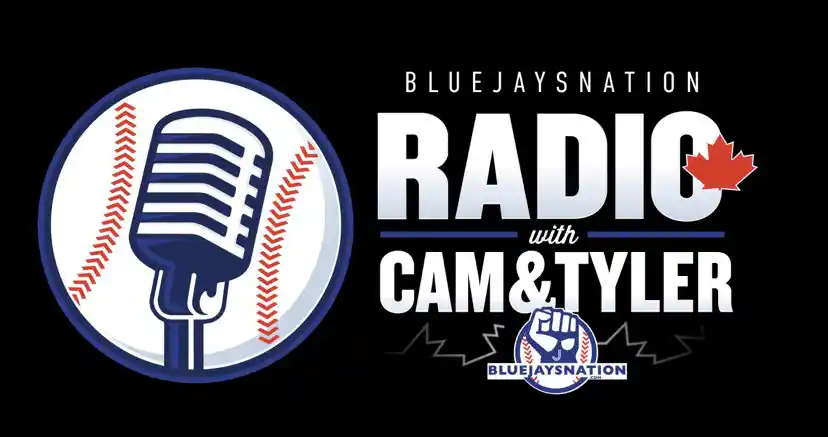OK, So Once Again This Alomar Thing
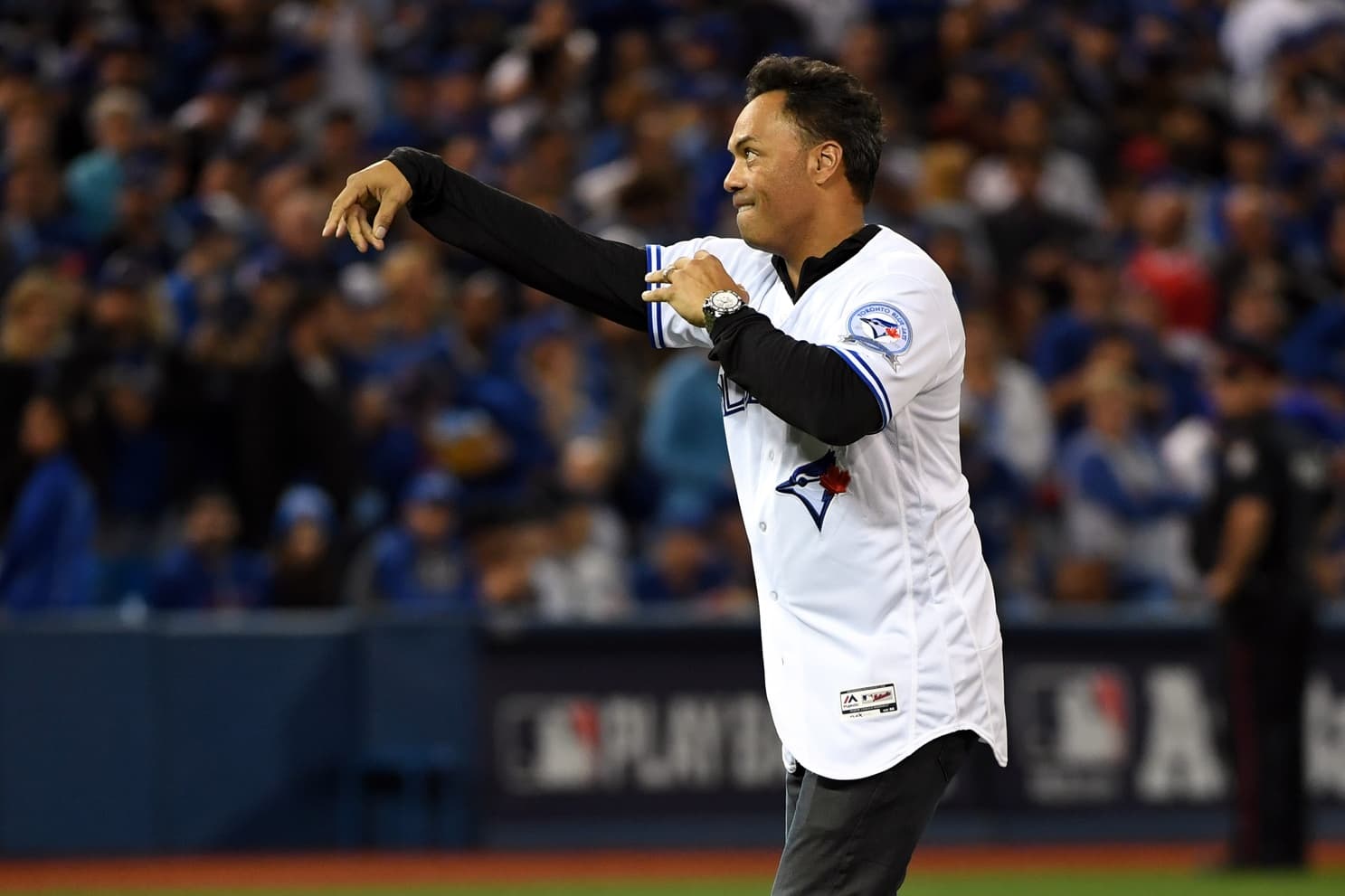
At the risk of beating a dead horse — and one that died yesterday at that — I think we need to talk about Robbie Alomar again. You know, one of the greatest and most electrifying players to have ever donned a Blue Jays uniform, and an essential part of the club’s only two World Series championships?
This week the great Stephen Brunt wrote an excellent feature for Sportsnet declaring Alomar the greatest all-time Blue Jay, and I dredged up a piece I wrote back in June explaining why that’s wrong. I then let off a few tweets to belabour the point. And, naturally, received a bunch of pushback.
Thing is, I don’t mean to disparage a legend here, or to tell anybody that their memories or their feelings are faulty — though sometimes that’s necessary, and even when it’s not I understand why that’s ultimately what it comes off like — but rather, I feel like I’m defending the legacies of Blue Jays that people are trying hard to overlook just so they can elevate the guy on the poster in their childhood bedroom.
Of course, a lot of the time I’ve been doing this through the prism of Wins Above Replacement, which drives some people absolutely nuts. What I’ll say about that is, WAR is just a shorthand — a very, very good shorthand — for all the measurable ways a player can provide value on a baseball field. It has flaws, yes — in fact, in my June piece on this subject I granted that WAR might be light on Alomar as a defensive player. Even now, defensive metrics even aren’t as reliable as offensive ones, and historical defensive data isn’t as precise as we’d like (though there were some pretty good systems in place in Alomar’s era, actually). But for the most part, WAR does a whole lot of integral math for us. And when it does it, Alomar’s time as a Blue Jay simply doesn’t stack up.
I understand why saying something like that, and looking at the numbers that back it up, produces some cognitive dissonance. Alomar’s 1995 season, for example, produced a slash line of .300/.354/.449, plus 30 stolen bases, plus Alomar-esque defence, and yet only amounted to 2.2 WAR over 130 games. Those would seem to be some seriously great numbers, so this probably doesn’t makes sense to a lot of people. It makes sense to me, though, because when I look at the components of that 2.2 WAR I see a 107 wRC+, and I see Total Zone calling him 8 runs below average, defensively.
OK, so how can those things be? Well, Alomar’s batting numbers look so close to league average because… they were close to league average. The game was in the beginnings of a very high offensive era in 1995. Edgar Martinez led the league with a 182 wRC+ that year, slashing an absurd .356/.479/.628 (put him in the damn Hall already!). Marty Cordova, who ranked 60th in the league with a 114 wRC+ slashed .277/.352/.486. Back then we were conditioned to think that Alomar, who hit .300, was the better hitter than the guy who hit .277. Even now, if you want to say he’s the better “hitter” I suppose that’s fine, but when you use the word in that sense being a good “hitter” isn’t synonymous with “providing the most value at the plate.” Cordova’s near-identical on-base percentage, and his 35 extra points of slugging percentage mean that he created more offence with his bat than Alomar did.
On the defensive side, the ugly Total Zone numbers certainly have to be reckoned with, but it’s here that we need to remember a couple things before we write them off completely. The first is that even very good defensive numbers weren’t necessarily going to take Alomar into the stratosphere in terms of WAR. Example: Quilvio Veras had a 110 wRC+ in 125 games; he added 1.9 runs above average on the base paths (Alomar added 4.5); and Veras had a +3 total zone rating. It was a similar season to Robbie’s, only with better defence but worse base running, and his WAR amounted to 3.1 compared to Alomar’s 2.2. (Veras, by the way, had 56 stolen bases to Alomar’s 30, but he was caught 21 times, so lost a lot of value as well — the metrics grasp that, even without a gaudy number of steals, Alomar was elite on the bases). (Also of note here: there were years that Total Zone really liked Alomar, notably his three seasons in San Diego, and 1998-2000 in Baltimore and Cleveland. It’s not a system that was incapable of seeing his reputed defensive prowess, it just didn’t see it in Toronto — and while, yes, the other home parks he played in had natural grass, his marks were just as bad in his first three years on the grass at Camden Yards as they were on the SkyDome turf, so….).
The second thing I’ll say about this is that spectacular plays don’t always equate to great plays. Blue Jays fans saw this up close last night, as Kevin Pillar made one of his signature, incredible, sprawling, diving catches, and then Statcast told us that the catch probability on it was actually 38%. Flash sometimes is the product of bad routes, bad reads, bad positioning. And while I’m not saying that’s certainly what was happening with Alomar, my belief is that the numbers are more reliable than our memories.
Which doesn’t mean that our memories are bad or that Alomar was bad or that anybody should feel any different about a player that they loved. He was great! Even WAR says he was great! Since 1950, there are only six second basemen with higher career WAR totals than Alomar: Hall of Famers Joe Morgan, Rod Carew, and Craig Biggio; Lou Whitaker and Bobby Grich, who should be in the Hall; and Chase Utley, who probably will be. He’s ahead of Ryne Sandberg, Jeff Kent, Robinson Cano, Dustin Pedroia, and just about everybody to have ever played the position. Don’t come away from this thinking that WAR doesn’t like Alomar! It very much does!
And if WAR is flawed by X, he’s even greater by X! And even I am extremely willing to grant that his Blue Jays career was more important than mere numbers will say — which is why I certainly wouldn’t rank him the 14th greatest Blue Jays player of all time (and very possibly the 15th by the time this season is done, as Josh Donaldson is gaining on him fast). I just don’t see how all that elevates him above guys who were unbelievably important to this franchise in other eras — eras where they don’t get extra credit for having teammates that were good enough to help them win the World Series, or having everyone who was ever a Blue Jays fan paying rapt attention to every detail about the club.
That stuff matters, of course, and the list is ultimately subjective, so you can invent whatever criteria you want to keep Alomar at the top of the list. It would just be kind of nice if said criteria made a little more sense.
One thing I’ve seen that makes the least sense to me is the rush to point out that Alomar is in the Hall of Fame, and that he’s in there wearing a Jays cap. Which is awesome! He’s one of the franchise’s true greats! But the thing is, the Hall of Fame is for his entire body of work. He’s in there not only for what he did as a Blue Jay, but as a Padre, as an Oriole, and as a member of the Cleveland baseball franchise. Apologies for the fact that I’m about to use WAR again, but let’s look at some more numbers: Alomar played parts of 17 seasons in the big leagues, though his final year, 2004, in which he came to the plate less than 200 times, barely counts. Of those 16 “full” seasons, here’s where his five ones as a Blue Jay rank by WAR: third, fourth, seventh, thirteenth, and fourteenth. (Granted, those last two were strike-shortened, but even so, they’re not particularly close to the next ones on the list — his marks were 2.2 and 2.0, and the seasons ranking immediately ahead of those go 3.0, 3.6, 3.8, and so on.).
That’s kinda crazy, isn’t it?
And get this: Alomar wasn’t even the best Blue Jays position player for most of his years here (yes, by WAR — deal with it). In 1991 he ranked behind Joe Carter and Devon White. He led the team in 1992. He was second behind John Olerud’s magnificent 1993 season. He ranked below Molitor, Olerud, and White in 1994. And in 1995 he and Olerud were tied for the team lead. (At least according to the FanGraphs version of the metric — the Baseball Reference version produces the same ranks in the other years, but gives Alomar the lead on his own in ’95.)
If you think his defence is being grossly undervalued, those rankings will change. But I don’t know… these guys are all being measured in the same way, and I don’t think it’s fair to diminish Olerud, or to cast aside how incredible Devo looks in a new light, just because we really want it to say that Robbie was better. And for those exact same reasons, I don’t think it’s fair to say that Roy Halladay or Dave Stieb, who were incredible anchors for this team for a lot more years than Alomar was, need to be knocked down a peg because of nostalgia or a reputation based on the flawed assumptions of the era. Why should we diminish what those other guys were to this franchise?
And the other thing about the Hall of Fame is that it’s largely about longevity. Stieb’s career was basically over at age 32. Bautista’s didn’t transform until he was 29. Delgado didn’t quite make it to 500 home runs, and played in an era where he had a whole lot of slugging peers that kept him off of All-Star rosters and MVP ballots. Donaldson, should he stay here long enough to leap into this conversation, has had the peak of a Hall of Famer but probably didn’t do enough early on to ever get there.
Citing Alomar’s Hall of Fame plaque just doesn’t do it for me. Not when so much of his best work was done elsewhere.
And Halladay will be in. As a Blue Jay. For a body of work that includes parts of 12 seasons with the club, ten of which were more or less “full” ones. Twice as long as Alomar. He put up 48.5 of his 65.6 career WAR as a Blue Jay, according to Baseball Reference. For Robbie it was 22.2 of his 66.8. Halladay won a Cy Young here. By six WAR he was the best pitcher from 2001 to 2010, whereas Alomar trailed just behind Biggio among second basemen from 1991 to 2000 — and all but one of those Halladay seasons was with the Jays.
Roy didn’t have teammates good enough to help him get to a World Series here. He pitched mostly in those ugly black jerseys, in front of sparse crowds, and wasn’t the kind of phenomenon that Alomar was, culturally. But in a neutral setting, on an individual level, his Blue Jays career was head and shoulders above Robbie’s. And Stieb provided even more value than he did! (And probably should be in the Hall of Fame himself!).
Robbie was great, and fun, and clutch, and electrifying, and played a huge part in the most significant era of this club’s history. If he’d played here a little bit longer, or put up more Alomar-like numbers in 1994 or 1995, I could see how the argument for him as the club’s greatest ever player would be clearer. But as it is, it’s not.
In fact, in terms of longevity, production, incredible moments, and simply being a joy to watch play the game, his Blue Jays career reminds me a whole lot of Edwin Encarnación’s. Edwin was electric in a different way, of course, but the Wild Card walk-off, the parrot walking, being at the centre of the Jays’ second cultural ascendance, the way management was blamed for both their exits via free agency. Even their on-field production was similar: 21.1 WAR for Edwin over his final five seasons in Toronto, 22.2 for Alomar.
Would a couple of World Series wins have vaulted Edwin to the top of anyone’s greatest all-time Blue Jays list? I should hope not. And while we can’t simply wave away the difference between losing the ALCS twice and winning two World Series, I don’t think it’s fair to give Alomar too much extra credit for his teams — nor do I think it’s fair to give him so much extra credit as to vault him past someone like Halladay. Nor to get even close! That hardly makes him bad. It doesn’t even make him not as great as you think, nor does it make me shitting on your precious memories with stats you’re desperate to hate. It just makes him not quite the greatest Blue Jays player of all-time by any measure that actually takes seriously his entire body of work on the field with the club as compared to other franchise greats! Sorry!
Recent articles from Andrew Stoeten


